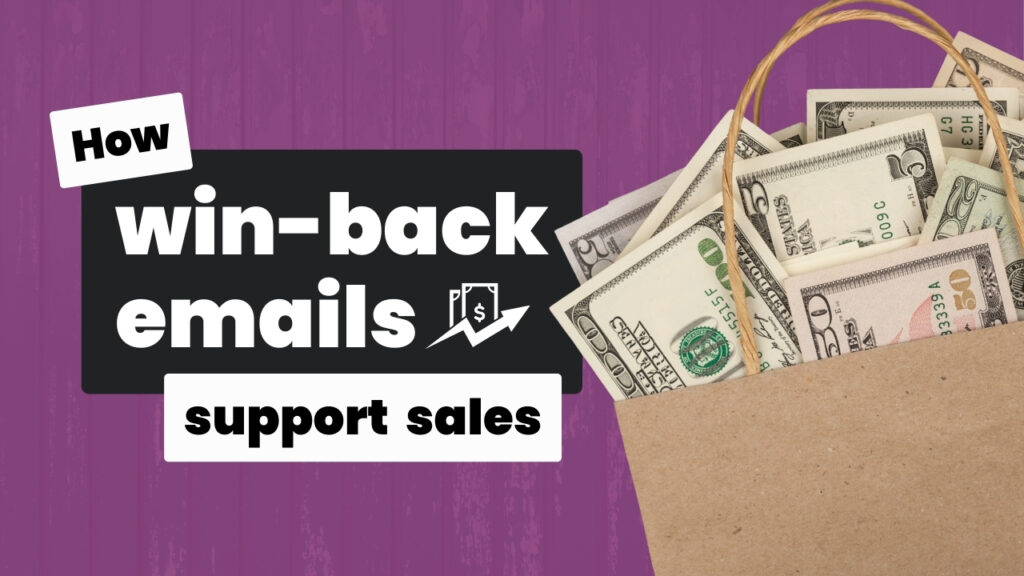This “fat-shaming” email caused an absolute uproar in a multi-million-dollar fitness community. So I thought it’d be a fun little experiment to fix the copywriting to (1) reinforce the true intention of the email and (2) make the message much more empathetic and approachable.
Transcript:
Last week, there was an absolute uproar in a fitness community that I’m a part of. And it was all because of a single email, more specifically, the subject line that many of the subscribers perceived to be fat shaming.
Hi, I’m Paige. I’m a Conversion Copywriter. And this is the email that I received.
You can see that they’re using a personalized subject line. So everyone saw their name followed by the words “is fat.”
It was not well received, and there was a lot of discussion inside the community on Facebook from very dissatisfied customers who no longer wanted to be associated with the brand.
The email subject line might have been misguided, but if someone were to open the email, it was very clear that the intention was not fat shaming.
From a marketing standpoint, this is interesting because their intention with this email was to reflect sort of that internalized problem context and get to the root of how people think about themselves. Now as a marketer and a copywriter, this is an approach that I have also used successfully, actually, in other marketing campaigns. I think this is a great example of how a marketing technique that has worked in many other situations can be executed poorly.
So in today’s video, we’re going to fix that email.
The first thing I want to try is putting our subject line in quotation marks. So it looks more like a thought than a statement. Then I could soften it further by changing it from third person to first person and mimicking the language that they’re using in the email.
Okay, I’m going to switch back to the original personalized headline, keeping the quotations because it was stronger and more impactful. But I want to qualify it with “how to silence your inner bully” or maybe even your “inner critic” to make it clear that this is not a fat-shaming headline and to reinforce the idea that this is more of an internalized thought and not something that the business is saying to the subscriber.
I can also try adding a bit of copy to the beginning of the subject line to communicate the same thing, “how to stop thinking, Paige is fat” or “how to stop thinking, I’m so fat” or “I’m just fat.”
I could also rework this to focus on the transformation because this is a five-day challenge, and so using “this is the day you stop saying Paige is fat” could hint at that better tomorrow.
That’s equally true for this variation “from Paige is fat to Paige is fit.” Again, in quotations, because these statements should feel more like thoughts.
Which leads me to try the personalized subject line approach with a desire or outcome-focused message. “Damn Paige is fit” is the exact opposite of the original subject line.
And with this variation, we’re future pacing with the subject line: Soon they’ll say, damn, Paige is fit.
Of all the options I’ve tried, this is my favorite: “Damn Paige is fit.”
Reason #1, it captures the personalized power of the original subject line.
Reason #2, it’s formatted in quotations, which makes it look like it’s either a thought that I’m saying to myself or something that people are saying to me that I actually want them to say.
And reason #3, instead of focusing on the problem, which is a sensitive issue that could cause subscribers to shut down or get pissed off, in this case, we’re focusing on the desired outcome, which is a highly desired dream state for this audience.
One quick note:
You’ll notice the opening of the email and the new subject line don’t mesh that well. So I would need to rework this email, specifically the opening, so that it makes sense with the new subject line.
So, as you can see, with anything in marketing, it all comes down to execution.
Something that has strong potential from a messaging standpoint and from a conversion context standpoint has to be executed well in order to have the desired effect, which is more signups or more purchases or whatever that conversion goal is for you. And when executed poorly, then it can have the exact opposite effect.
And in this case, it was making customers angry, which is not what we want at all for our emails.
Unfortunately, this reaction can be something that’s hard to predict. The good news is, if you do your voice-of-customer research, a lot of times, you can gauge the emotional temperature of your audience.
Personally, I’ve worked on projects in the past where we’ve opted not to dig into the pain so drastically because we knew that our audience was in so much pain that they were on the edge of shutting down.
And shut down leads don’t make purchases.
So we opted to, instead, shift the focus from the pain to the better tomorrow, or to the desired outcome, or that dream state that they were looking for to get them excited about changing their lives.
I hope you found this example as interesting as I did. I also hope you got some more insights about how to make your messages more approachable, given what your ideal buyer is going through.
And if you’d like help optimizing your campaigns for higher conversion rates, so you can see more leads, customers, and clients, we should chat. Click here to start a project conversation with me.


